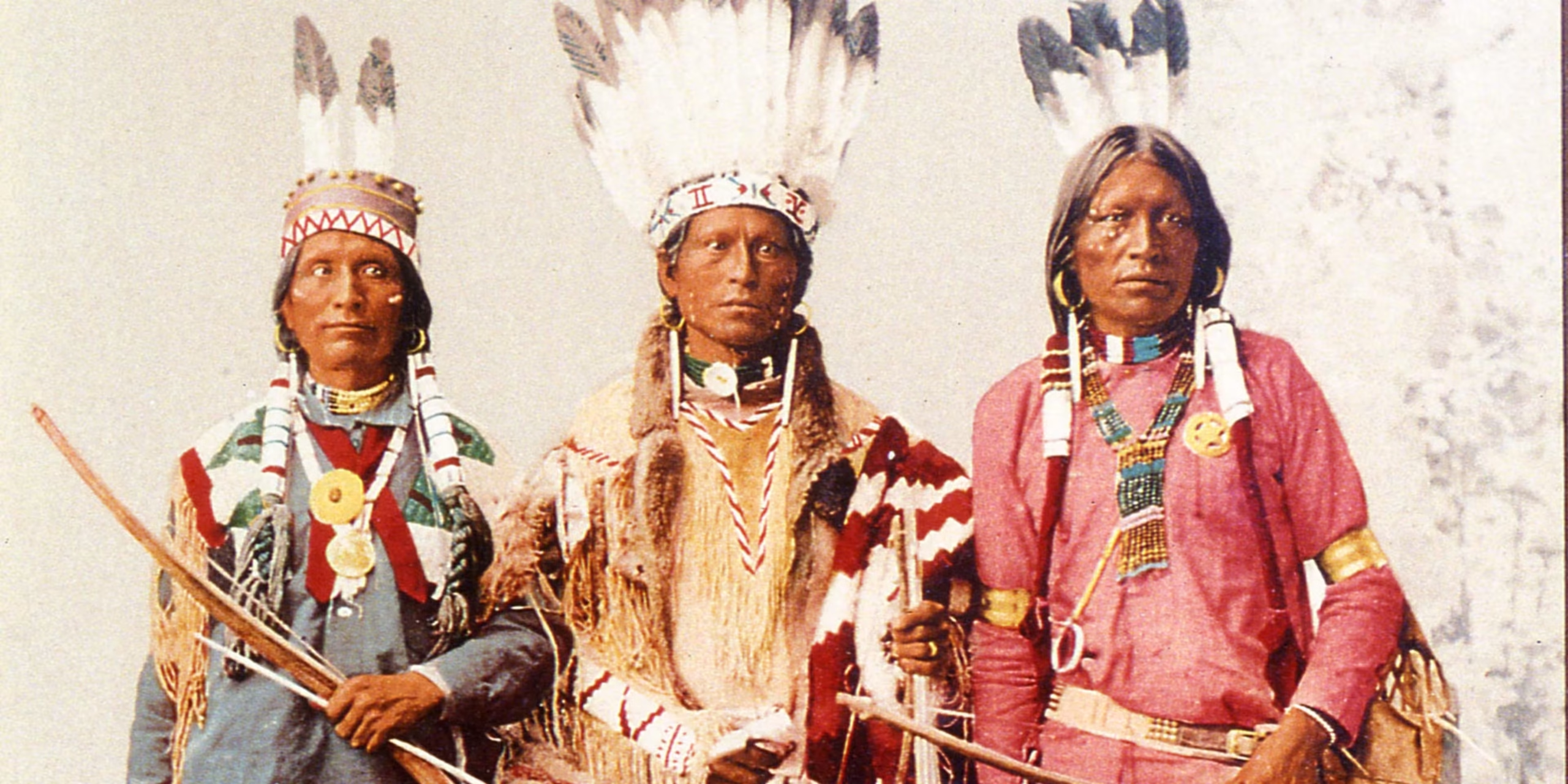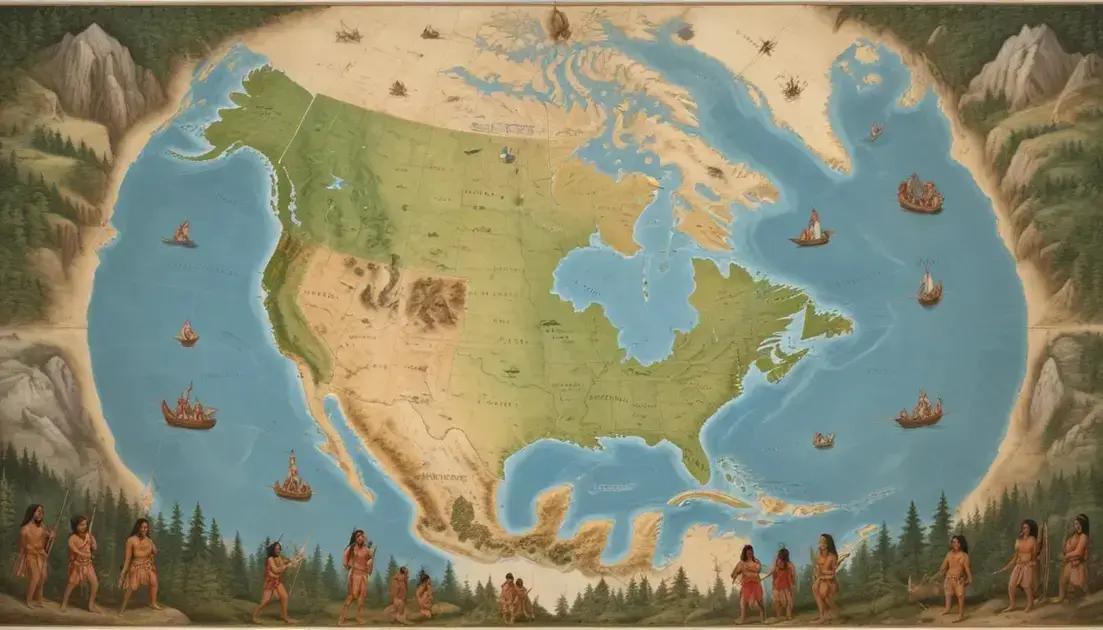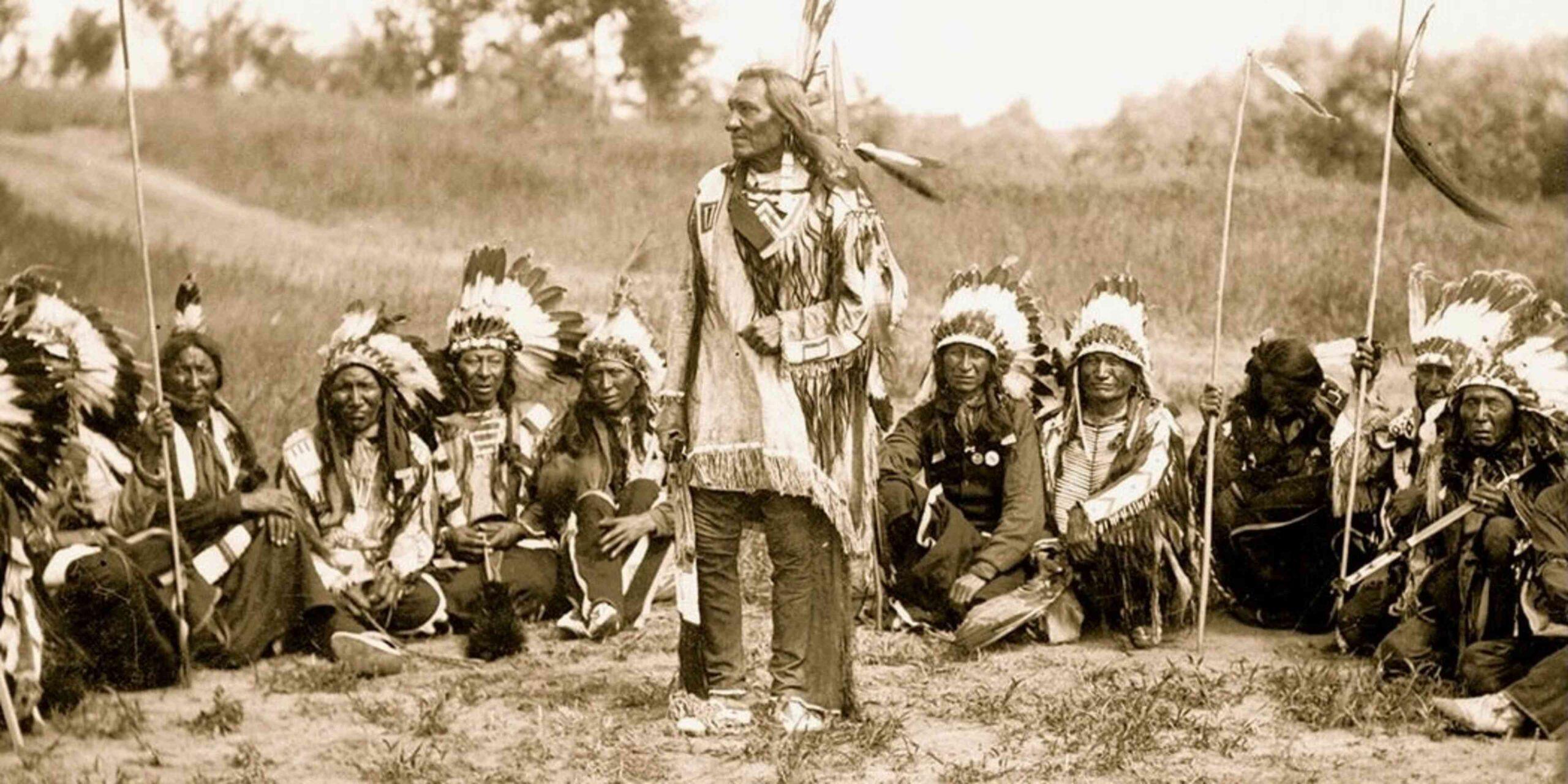
Native American History: Cultures, Conflicts and Contributions
Native American History: Cultures, Conflicts and Contributions
The rich tapestry of native american history spans thousands of years, encompassing diverse cultures, complex societies, and profound contributions to modern civilization. As we explore this fascinating history, it becomes clear that Native American peoples have played an integral role in shaping the Americas long before European contact and continue to influence contemporary society. This comprehensive examination by your trusted timeless reporter will delve into the pre-Columbian civilizations, the devastating impact of European colonization, the struggles and resistance movements, cultural preservation efforts, and the lasting contributions that Native Americans have made to our world.
Understanding native american history requires recognizing the incredible diversity among hundreds of distinct tribes, each with unique languages, customs, and social structures. From the sophisticated urban planning of the Mississippian culture to the nomadic buffalo hunters of the Great Plains, Native American societies demonstrated remarkable adaptability and innovation. This history challenges many misconceptions and reveals the complexity of indigenous civilizations that thrived across North and South America for millennia.
Pre-Columbian Native American Civilizations and Their Rich History
The foundation of native american history begins with the remarkable civilizations that flourished long before European exploration. Archaeological evidence suggests that indigenous peoples arrived in the Americas between 15,000 to 20,000 years ago, developing sophisticated societies that would span continents. The history of these early peoples reveals advanced agricultural systems, complex trade networks, and monumental architecture that rivaled contemporary civilizations worldwide.
The Ancestral Puebloans, formerly known as the Anasazi, created impressive cliff dwellings and multi-story pueblos in the Southwest between 100 and 1300 CE. Their architectural marvels, such as those found in Mesa Verde National Park, demonstrate advanced engineering knowledge and deep understanding of astronomy. These structures served not only as homes but also as ceremonial centers, reflecting the integration of spiritual and daily life that characterized many Native American cultures. The sophisticated irrigation systems they developed allowed them to cultivate crops in arid environments, supporting populations that numbered in the tens of thousands.
The Mississippian culture, which emerged around 800 CE, established one of North America’s most complex pre-Columbian societies. Centered around the city of Cahokia near present-day St. Louis, this civilization featured a population that may have reached 20,000 people at its peak. The massive earthen mounds that defined Mississippian settlements served various purposes, from burial sites to platforms for important buildings. Monks Mound, the largest prehistoric earthwork in the Americas, stands as testament to their organizational capabilities and sophisticated understanding of engineering principles.
The Pacific Northwest cultures, including the Haida, Tlingit, and Chinook peoples, developed unique societies based on abundant marine resources. Their complex social hierarchies, elaborate artistic traditions, and potlatch ceremonies demonstrated wealth redistribution systems that maintained social cohesion. The massive totem poles and cedar plank houses of these cultures reflected both artistic sophistication and practical adaptation to their forest environment. These societies also developed sophisticated preservation techniques for salmon and other seafood, enabling them to support large populations in permanent settlements.
European Contact and Its Impact on Native American History
The arrival of Europeans in the late 15th and early 16th centuries marked a dramatic turning point in native american history, initiating a period of profound transformation that would reshape the entire continent. This history reveals how initial encounters, often marked by curiosity and cautious trade, quickly evolved into patterns of exploitation, disease, and displacement that devastated indigenous populations. The impact of European contact cannot be understated—it fundamentally altered the trajectory of Native American societies and continues to influence contemporary indigenous communities.
Disease proved to be the most devastating consequence of European contact, as Native American populations had no immunity to Old World pathogens. Smallpox, measles, typhus, and other diseases swept through indigenous communities with catastrophic results. Conservative estimates suggest that 90% of the Native American population died from disease within the first century of European contact. Entire tribes vanished, while others saw their numbers reduced to mere survivors. This demographic catastrophe weakened Native American societies’ ability to resist European expansion and fundamentally altered the balance of power across the Americas.
The introduction of European trade goods, particularly metal tools, firearms, and horses, transformed Native American societies in complex ways. While these items often improved daily life and hunting efficiency, they also created new dependencies and altered traditional power structures. The horse, introduced by Spanish colonizers, revolutionized Plains Indian cultures, enabling them to become highly mobile buffalo hunters and warriors. However, the need for European goods also drew Native Americans into colonial economic systems that were often exploitative and undermined traditional subsistence practices.
Colonial policies of land acquisition and cultural suppression systematically undermined Native American sovereignty and traditional ways of life. The doctrine of discovery, which gave European nations legal rights to lands they “discovered,” completely disregarded Native American ownership and occupancy rights. Treaties were often signed under duress or with leaders who lacked authority to make such agreements, creating lasting conflicts over land rights. The establishment of missions and boarding schools aimed to convert Native Americans to Christianity and European ways of life, often through coercive means that separated families and suppressed indigenous languages and customs.
Conflicts and Resistance in Native American History
The history of Native American resistance represents one of the most compelling chapters in indigenous struggle for sovereignty and survival. This aspect of native american history demonstrates the remarkable courage and strategic thinking of leaders who fought against overwhelming odds to protect their peoples and lands. From early colonial conflicts to the final resistance movements of the late 19th century, Native American warfare and diplomacy reveal sophisticated political and military strategies that challenged European and American expansion.
King Philip’s War (1675-1676) marked one of the earliest and most significant conflicts in colonial native american history. Metacomet, known to colonists as King Philip, led a confederation of New England tribes in a desperate attempt to halt colonial expansion. The war devastated both sides, with Native American forces demonstrating tactical superiority in forest warfare while colonists relied on superior numbers and technology. The conflict resulted in the deaths of thousands and effectively ended Native American resistance in southern New England, but it also demonstrated the potential for pan-tribal cooperation against colonial expansion.
The French and Indian War (1754-1763) revealed the complex diplomatic landscape of 18th-century North America, as different Native American tribes allied with either French or British forces based on their assessment of colonial threats. Leaders like the Seneca chief Guyasuta and the Ottawa leader Pontiac demonstrated sophisticated understanding of European politics and used these divisions to advance their own peoples’ interests. Pontiac’s Rebellion (1763) following the war showed how Native Americans could coordinate resistance across vast distances, successfully capturing multiple British forts and threatening colonial settlements throughout the Great Lakes region.
The 19th century witnessed some of the most famous resistance movements in native american history, as westward expansion brought increasing pressure on indigenous lands. Tecumseh’s confederacy (1808-1813) represented perhaps the most ambitious attempt to create a unified Native American resistance movement. The Shawnee leader’s vision of a pan-Indian alliance stretched from the Great Lakes to the Gulf of Mexico, and his diplomatic skills brought together diverse tribes in common cause. Although ultimately unsuccessful, Tecumseh’s movement demonstrated the potential for Native American political unity and influenced later resistance efforts.
The Apache Wars (1849-1886) showcased the tenacity and tactical brilliance of leaders like Cochise and Geronimo, who used their intimate knowledge of the southwestern landscape to wage guerrilla warfare against much larger military forces. These conflicts highlighted the cultural differences between Native American and European approaches to warfare, with Apache fighters emphasizing mobility, stealth, and tactical flexibility. The final surrender of Geronimo in 1886 marked the end of major Native American military resistance, but not the end of indigenous struggle for rights and recognition.
Cultural Preservation and Modern Native American History
The 20th and 21st centuries have witnessed remarkable efforts to preserve and revitalize Native American cultures, marking a crucial phase in native american history that continues to evolve. This period sees indigenous communities working to maintain their cultural identities while adapting to modern circumstances, demonstrating the resilience that has characterized Native American societies throughout their history. Cultural preservation efforts encompass language revitalization, traditional arts, spiritual practices, and the transmission of knowledge to younger generations.
Language revitalization represents one of the most critical aspects of contemporary cultural preservation efforts. With many Native American languages approaching extinction, communities across the continent have launched innovative programs to teach indigenous languages to children and adults. The Māori language revitalization success in New Zealand has inspired similar efforts among Native American communities, leading to the establishment of immersion schools, language apps, and community programs. The Cherokee Nation’s development of Cherokee language resources and the Ojibwe immersion programs in the Great Lakes region exemplify how technology and traditional knowledge can work together to preserve linguistic heritage.
Traditional arts and crafts have experienced a remarkable renaissance as Native American artists blend ancient techniques with contemporary artistic expression. Pottery traditions among Pueblo peoples continue to evolve while maintaining connection to ancestral methods, with artists like Lucy Lewis and Maria Martinez achieving international recognition. Navajo weaving, beadwork traditions, and carving arts have adapted to modern markets while preserving traditional designs and techniques. These artistic traditions serve not only as economic opportunities but also as vehicles for cultural transmission and identity

